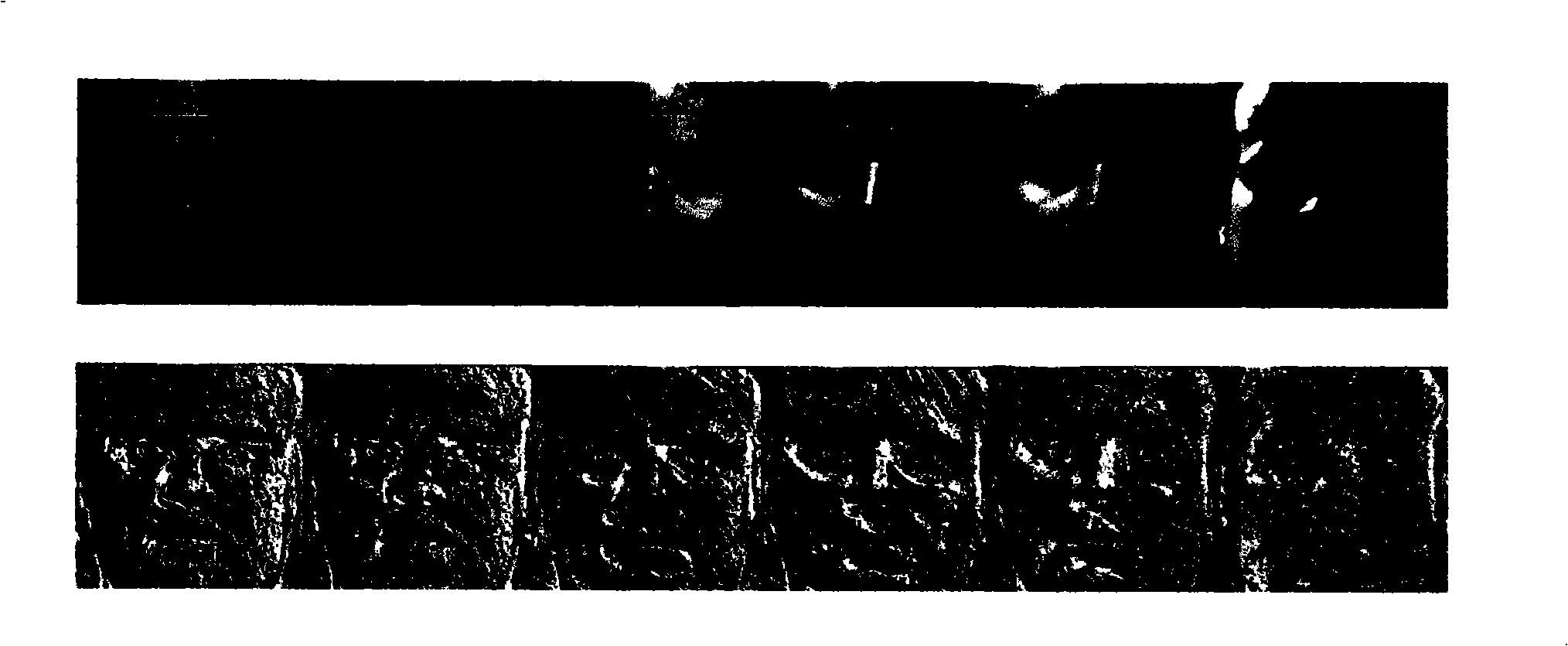LBP human face light irradiation preprocess method based on Hamming distance restriction
A Hamming distance and preprocessing technology, which is applied to instruments, character and pattern recognition, computer components, etc., can solve problems such as LBP value errors, and achieve the effect of improving robustness
- Summary
- Abstract
- Description
- Claims
- Application Information
AI Technical Summary
Problems solved by technology
Method used
Image
Examples
Embodiment Construction
[0019] The invention proposes an improved illumination preprocessing method of a human face image. By introducing the improved LBP operator and the Hamming distance error correction method into the illumination preprocessing method, the illumination preprocessing of the face image is carried out. The pretreatment process of the present invention is as figure 2 shown. The method is realized with the support of a computer equipped with digital image processing software, which includes the use of LBP algorithm to preprocess the image, including the collection, classification, encoding, storage and processing of digital image related information. The division of the intermediate data storage area and the operation of the data, call the supporting graphics processing software program, calculate the gray value M of each pixel of the graphics and the pixels in the surrounding neighborhood, and output the complete image according to the gray value M elephant. With the support of c...
PUM
 Login to View More
Login to View More Abstract
Description
Claims
Application Information
 Login to View More
Login to View More - R&D
- Intellectual Property
- Life Sciences
- Materials
- Tech Scout
- Unparalleled Data Quality
- Higher Quality Content
- 60% Fewer Hallucinations
Browse by: Latest US Patents, China's latest patents, Technical Efficacy Thesaurus, Application Domain, Technology Topic, Popular Technical Reports.
© 2025 PatSnap. All rights reserved.Legal|Privacy policy|Modern Slavery Act Transparency Statement|Sitemap|About US| Contact US: help@patsnap.com



